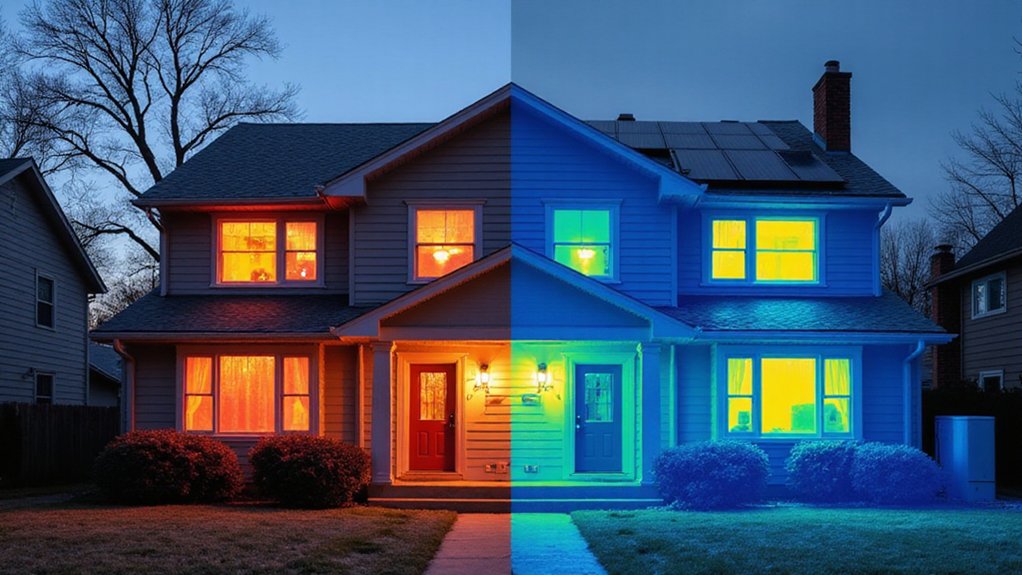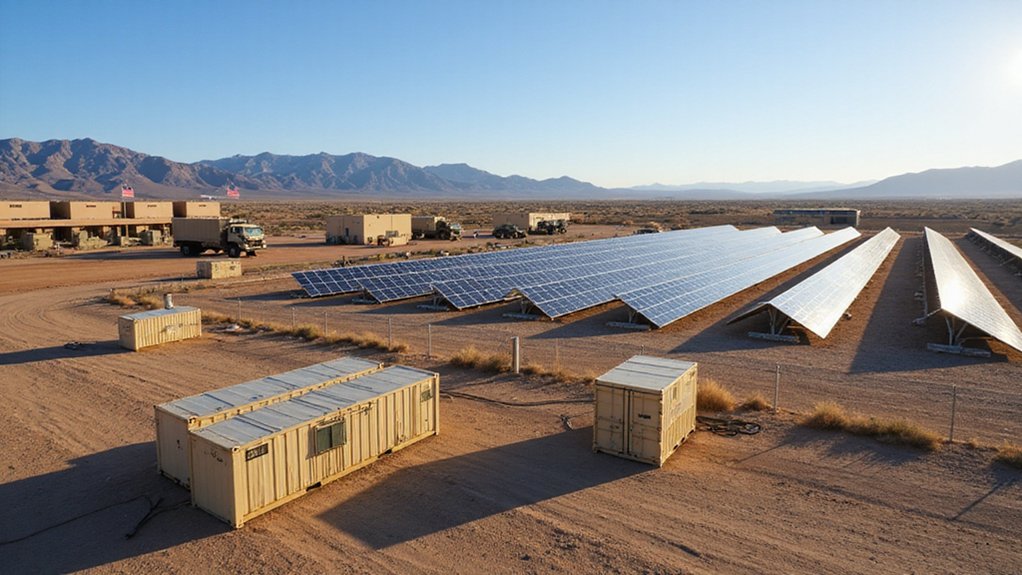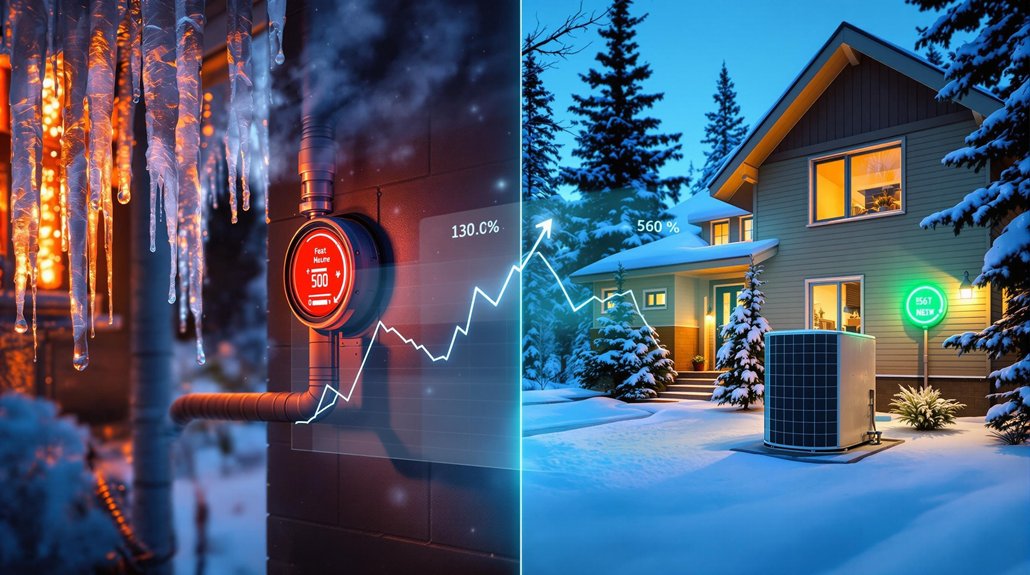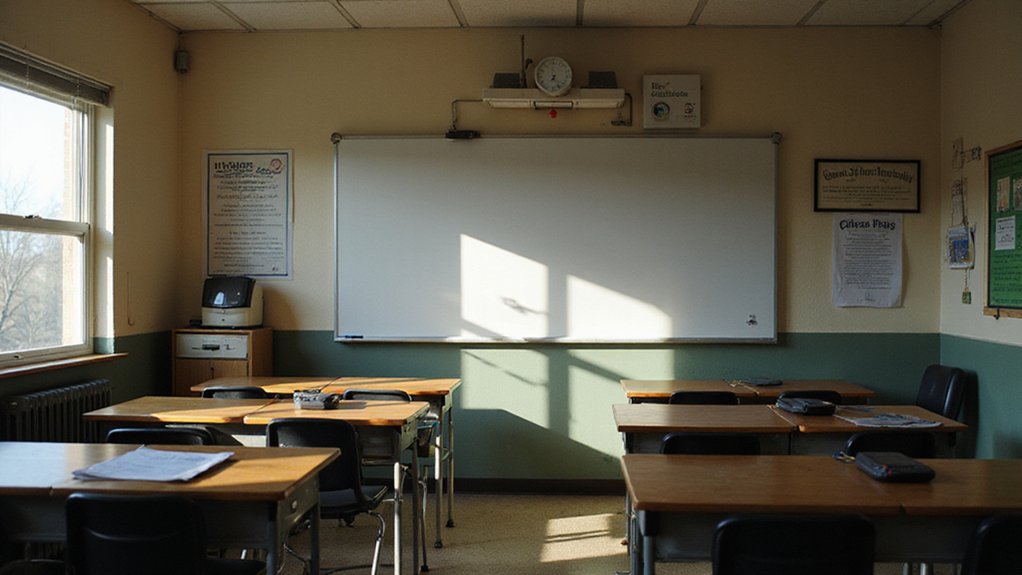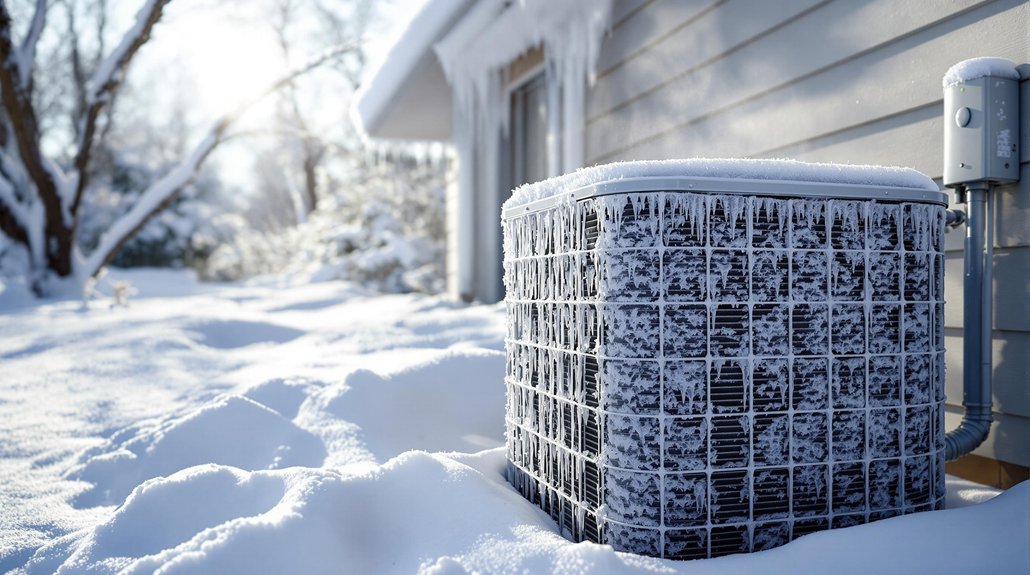American households are feeling the squeeze of rising energy costs, with the average family now spending about $137 per month on their energy bills. This adds up to roughly $2,000 annually, with the largest portion going toward heating and cooling homes. Families in Alaska and Hawaii pay the most at $183 per month, while those in the East North Central region pay the least at $116 monthly.
Energy waste is a serious problem across the country. The average homeowner loses $200-$400 each year due to efficiency problems like air leaks and outdated heating systems. Simple upgrades can make a big difference. Energy-efficient windows can cut bills by 13%, while LED lighting uses 75% less energy than old-fashioned incandescent bulbs. The transition to renewable energy requires significant investment, but energy efficiency sectors are creating numerous job opportunities for building auditors and smart grid specialists.
Americans waste $200-$400 annually on energy due to inefficient homes. Simple upgrades like better windows and LED lighting dramatically cut costs.
Natural gas prices are expected to rise 21% in 2025, affecting the 60% of U.S. homes that rely on gas for heating and appliances. This price increase will impact heating, cooking, and maintenance costs for millions of families.
Solar energy offers significant savings potential. Homeowners with solar panels save an average of $52,000 over the system’s 25-year lifetime. These savings range from $34,000 to $120,000 depending on location and energy use. The 30% federal tax credit for solar installation ends December 31, 2025, creating urgency for those considering the switch. Installing solar panels allows homeowners to lock in energy costs and protect themselves against future electricity price increases.
Location matters when it comes to energy costs. Northeastern and Pacific regions typically have higher energy bills than central states. California, Massachusetts, New York, Vermont, and Maryland lead the nation with strong energy-efficiency policies.
Low-income households stand to benefit the most from efficiency improvements. States have nearly doubled funding for low-income energy programs since 2021, reaching over $2 billion. Total energy efficiency investments across the country hit a record $8.8 billion in 2023.
As utility companies expand programs for home retrofits, smart technology, and electrification, the push for energy efficiency continues to grow across all demographic groups, driven by both cost savings and environmental concerns. Energy-efficient homes are becoming increasingly valuable in the real estate market, with better-rated homes selling for up to 5% more than those with lower energy efficiency ratings.
References
- https://www.energysage.com/solar/much-solar-panels-save/
- https://www.thisoldhouse.com/windows/home-energy-efficiency-statistics
- https://insulationinstitute.org/prepare-to-pay-more-for-home-energy/
- https://www.cleanenergyconnection.org/article/57-ways-improve-your-homes-energy-efficiency-2025
- https://www.aceee.org/research-report/u2502
